I'd like to know if Kentico has a "best practice" way to ensure the Requires SSL property is set as Yes on a specific Page Type, without inheriting the property from the Parent page.
I have researched this and have implemented a working solution (below) but am interested to know if there is a better "out of the box" solution that I may have overlooked.
We are using Kentico v8.2 with ASPX + Portal Page Types.
Our technical requirements
- Serve the parent listing page over HTTP or HTTPS
- Serve the child pages over HTTPS only
Our use case scenario
The user browses a page listing Job Vacancies. The user opens a specific Job Vacancy page which contains an Application Form. The user is confident entering personal details into the Application Form as the page is served over a secure connection.
Considered solutions
The closest "out of the box" solution I could find was to set the parent listing page to Require SSL = Yes and then inherit this on the child pages, however this doesn't meet our technical requirement to allow the listing page to be served over HTTP.
I also decided against manually setting Requires SSL = Yes on each child page as I didn't want to place this burden on the CMS Editors, give them more permissions than necessary and open it up to human error.
Current solution
So I ended up writing a Custom Event handler to set the Requires SSL property on Document Insert or Document Update events.
Initially I was doing this based on Page Type (Node.ClassName) but changed it to be based on a Field value so that I could more easily apply this to other Page Types by simply adding a field without refactoring my code and deploying a DLL.
[CustomEvents]
public partial class CMSModuleLoader
{
private class CustomEvents : CMSLoaderAttribute
{
public override void Init() {
DocumentEvents.Insert.Before += Document_Insert_Before;
DocumentEvents.Update.Before += Document_Update_Before;
}
void Document_Insert_Before(object sender, DocumentEventArgs e)
{
SetRequiresSSL(e.Node);
}
void Document_Update_Before(object sender, DocumentEventArgs e)
{
SetRequiresSSL(e.Node);
}
private void SetRequiresSSL(TreeNode node)
{
//if RequiresSecureConnection field is equal to true
if (node.GetBooleanValue("RequiresSecureConnection", false))
{
//if Requires SSL is not Yes
if (node.RequiresSSL != 1)
{
//set Requires SSL
node.RequiresSSL = 1;
}
}
}
}
}
Related urls
